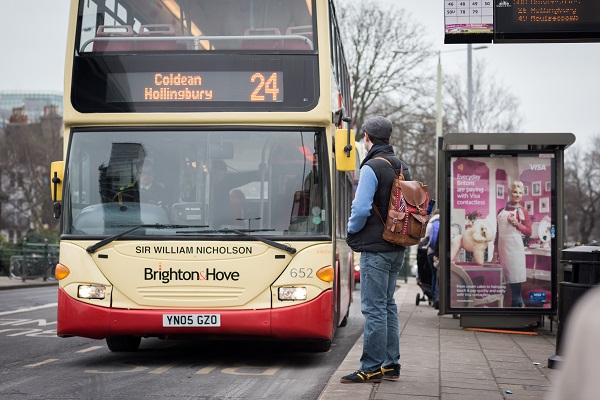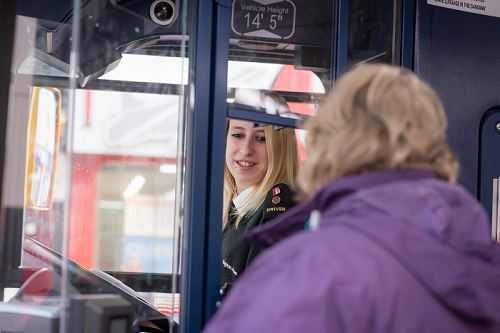Disruption – the new normal? The customer perspective
21 February 2018
Do you always get the best information during delayed bus journeys? Does the driver tell you how late you will be?
This month Brighton & Hove Buses held a series of workshops to look at ways in which passenger communication could be improved during planned and unplanned disruption. Transport Focus was invited to present our research on the subject. Two colleagues went along to the first workshop ‘Disruption – the new normal – the customer perspective’ to present our findings and to participate in the workshop.

Our research Bus passengers’ experience of delays and disruption found that passengers wanted better information, particularly real-time information and a greater customer focus from bus drivers, particularly in respect of information provision.
Bus drivers recognise themselves as being the only point of contact for passengers. However, they tell us that since the disappearance of the bus conductor the driver has become host, safety supervisor, conductor and driver, which limits them in what they are able to do. Both passengers and drivers tell us that their experience of interacting with each other is varied and negative experiences are common.

Presentations by Transport Focus and Brighton & Hove Buses gave rise to some interesting discussion on what could be done to improve information provision for passengers. Some of the key ideas and challenges to explore were:
- how to ensure real-time information is relayed to the driver before anyone else
- give more explanation when reporting disruption, in other words how long will a diversion route take, which bus stops will it affect?
- use of proactive images when communicating with customers
- encourage greater use of the website for disruption information via an information campaign (posters at bus stops etc.)
- encourage greater use of the app via online videos demonstrating how to use it and the information that can be obtained (76 per cent of over 60s have a smart phone but few use apps).
A concluding comment from one of the participants summed up the issue well, ‘while the above ideas would all serve to better manage disruption, the importance of a human face must not be forgotten’. I couldn’t have said it better!
The presentation that colleagues gave at the workshop is available here. We will continue to work with bus companies on this to drive improvements for passengers.



